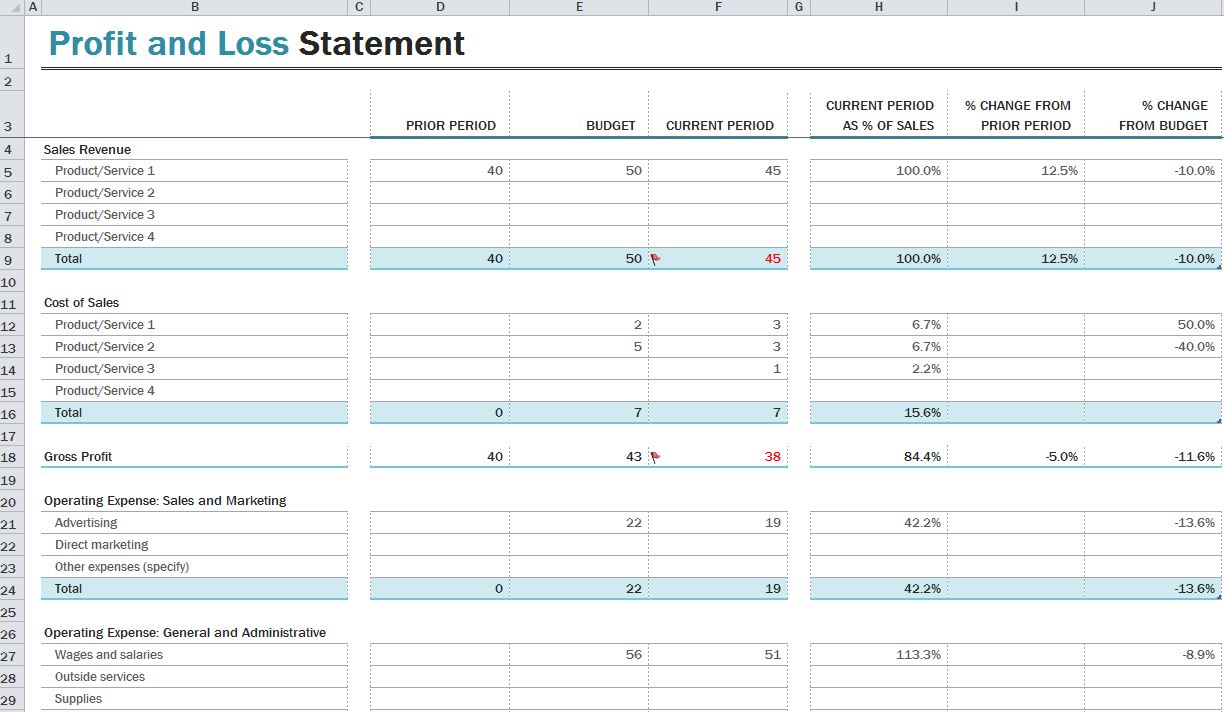

It reduces the net profit in the income statement and the value of the amortized asset on the balance sheet. The expense is calculated using the single line balance method. Under this method the depreciation is calculated as:Īnnual Depreciation = Depreciation Rate * Book Value at Beginning of Year Amortization expenses involve the allocation of the cost of intangible assets patents, trademarks, franchise agreements, and copyrights. A popular accelerated method is the declining-balance method. This may be a more realistic reflection of an asset's actual expected benefit from the use of the asset: many assets are most useful when they are new. So in our example, this means the business will be able to deduct $25,000 each in the income statement for 2010, 2011, 20.Īccelerated depreciation methods provide for a higher depreciation charge in the first year of an asset's life and gradually decreasing charges in subsequent years. The simplest way to depreciate an asset is to reduce its value equally over its life. Instead, only the extent to which the asset loses its value (depreciates) is counted as an expense. In its income statement for 2010, the business is not allowed to count the entire $100,000 amount as an expense. Depreciation Depreciation or Amortization ScheduleĪs an example, suppose in 2010 a business buys $100,000 worth of machinery that is expected to have a useful life of 4 years, after which the machine will become totally worthless (a residual value of zero). If an intangible is not eligible for amortization under § 197, the taxpayer can depreciate the asset if there is a showing of the assets useful life. Under §197 most acquired intangible assets are to be amortized ratably over a 15-year period. §§ 197(c)(1) and 197(d) and must be property be held either for use in a trade, business, or for the production of income. In the United States, intangible property which is subject to amortization must be described in 26 U.S.C. Intangible assets, therefore, need an analogous technique to spread out the cost over a period of time. This applies more obviously to tangible assets that are prone to wear and tear. Both are used so as to reflect the asset's consumption, expiration, obsolescence or other decline in value as a result of use or the passage of time.

To depreciate means to lose value and to amortize means to write off costs (or pay debt) over a period of time. If the asset is intangible for example, a patent or goodwill it's called amortization. If the asset is tangible, this is called depreciation. Such expenses are called capital expenditures and these costs are "recovered" or "written off" over the useful life of the asset. When a business spends money to acquire an asset, this asset could have a useful life beyond the tax year.


 0 kommentar(er)
0 kommentar(er)
